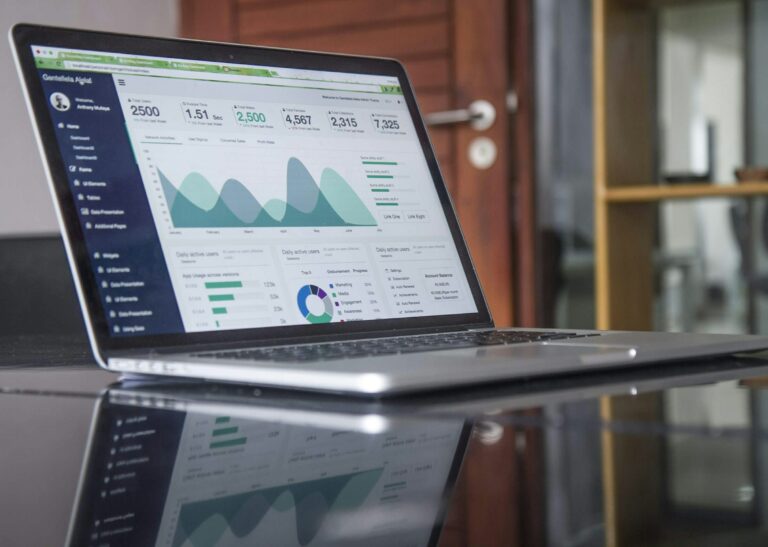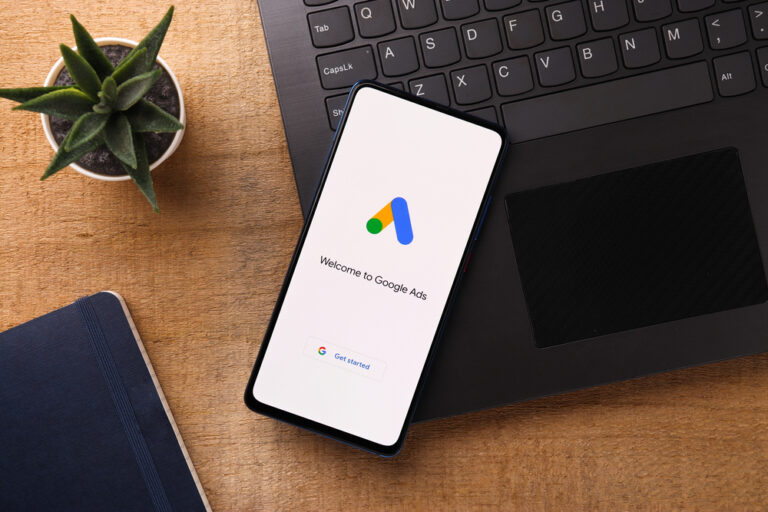Paid advertising, also known as paid ads or pay-per-click (PPC) advertising, has become an essential tool for businesses looking to increase their online visibility and generate more leads and sales. It’s like renting a billboard, but online. You pay a fee to display your ad on various platforms and in return, you get potential customers clicking on your ad and visiting your website.
In this article, we’ll explore the world of paid advertising and how it can be utilized as a powerful catalyst for your business.
What is Paid Advertising?
Paid advertising refers to placing ads on different online platforms such as search engines, social media sites, or websites with high traffic. These ads are usually targeted towards a specific audience and require the advertiser to pay a fee every time someone clicks on the ad. This type of advertising is highly targeted, cost-effective, and can bring immediate results.

Whether it’s a sponsored post that pops up on a user’s social media feed or a search ad that appears when someone looks up a product similar to yours, paid advertising ensures you’re right there, front and center. And the beauty of it? You have control. You decide where your ads appear, who sees them, and most importantly, you get real-time feedback on how they’re performing.
Organic vs. Paid – It’s All About Timing

I love the idea of organic growth. It’s like watching your favorite plant grow from a tiny seed. But sometimes, you just need results, and you need them fast. That’s where paid ads come in. While the organic stuff takes its sweet time, paid ads are like that express delivery service – quick and efficient.
Why Businesses Are Pouring Money Into Paid Advertising?

Immediate Visibility
Paid advertising is like a spotlight, ensuring your brand stands out in a crowded online marketplace. Instead of waiting for organic growth, which can be slow, paid ads offer instant visibility.
Precision Targeting
It’s not about casting a wide net; it’s about precision. With paid advertising, businesses can target specific demographics, ensuring their ads reach the right people at the right time. Ever noticed how after searching for a product, you see similar ads on social media? That’s precision targeting at work.
Analytics and Control
One of the standout features of paid advertising is the control it offers. Businesses can decide where their ads appear, who sees them, and adjust based on real-time feedback. With detailed analytics, they can identify which ads are performing best and where the maximum returns are coming from.
Cost-Effective Growth
While there’s a cost associated with paid ads, the returns can be substantial. It’s a calculated investment. By reaching a targeted audience, businesses increase the chances of conversions, making it a cost-effective strategy for growth.
Building Lasting Relationships
Beyond just sales, paid advertising offers businesses a chance to connect with their audience, understand their preferences, and build lasting relationships. It’s not just about one-off sales; it’s about fostering loyalty.
The Mechanics Behind Paid Advertising

Ever wondered how those ads know exactly what you’re looking for? That’s PPC (Pay-Per-Click) advertising at work. You set a budget, decide where your ads should appear, and only pay when someone clicks on them. It’s like a bidding war, where the highest bidder gets their ad shown in front of the user.
How does Real-time Bidding Work?
Real-time bidding (RTB) is a digital ad-buying process that allows advertisers to compete for ad space in the time it takes a webpage to load. Here’s a step-by-step breakdown:
- User Visits a Website: When someone clicks on a website, the website sends out a bid request that includes various pieces of information about the user, such as their location, browsing history, and any demographic data.
- Ad Exchange Auction: This bid request is sent to an ad exchange, which is a digital marketplace. Here, advertisers can bid on the ad impression in real time.
- Advertisers Place Their Bids: Within milliseconds, advertisers use automated algorithms to decide how much they’re willing to pay for the ad impression, based on how well it matches their target audience.
- Winning Bid is Selected: The ad exchange then selects the highest bid that meets the criteria set by the publisher.
- Ad is Delivered to the User: The winning ad is sent back to the website and displayed to the user, all within the blink of an eye.
- Post-Click Analysis: After the ad is clicked, advertisers can analyze the user’s behavior to understand the ad’s performance and make adjustments for future bids.
This process ensures that advertisers are only paying for ads that are delivered to their target audience, maximizing the efficiency of their ad spend. The beauty of this system is its flexibility, allowing advertisers to adjust campaigns based on performance and insights.
The Role of Algorithms in Ad Placements
While real-time bidding might seem like a straightforward auction, it’s the algorithms behind the scenes that truly dictate the effectiveness of ad placements. These sophisticated algorithms analyze a multitude of factors to determine which ads to show to which users. They consider user behavior, such as past clicks and browsing history, alongside advertiser-defined criteria like keywords and demographic targeting. By processing this data, algorithms can predict which ads are most likely to result in a click or a conversion, ensuring that advertisers get the most bang for their buck and that users see ads that are relevant to their interests and needs.
Types of Digital Ads
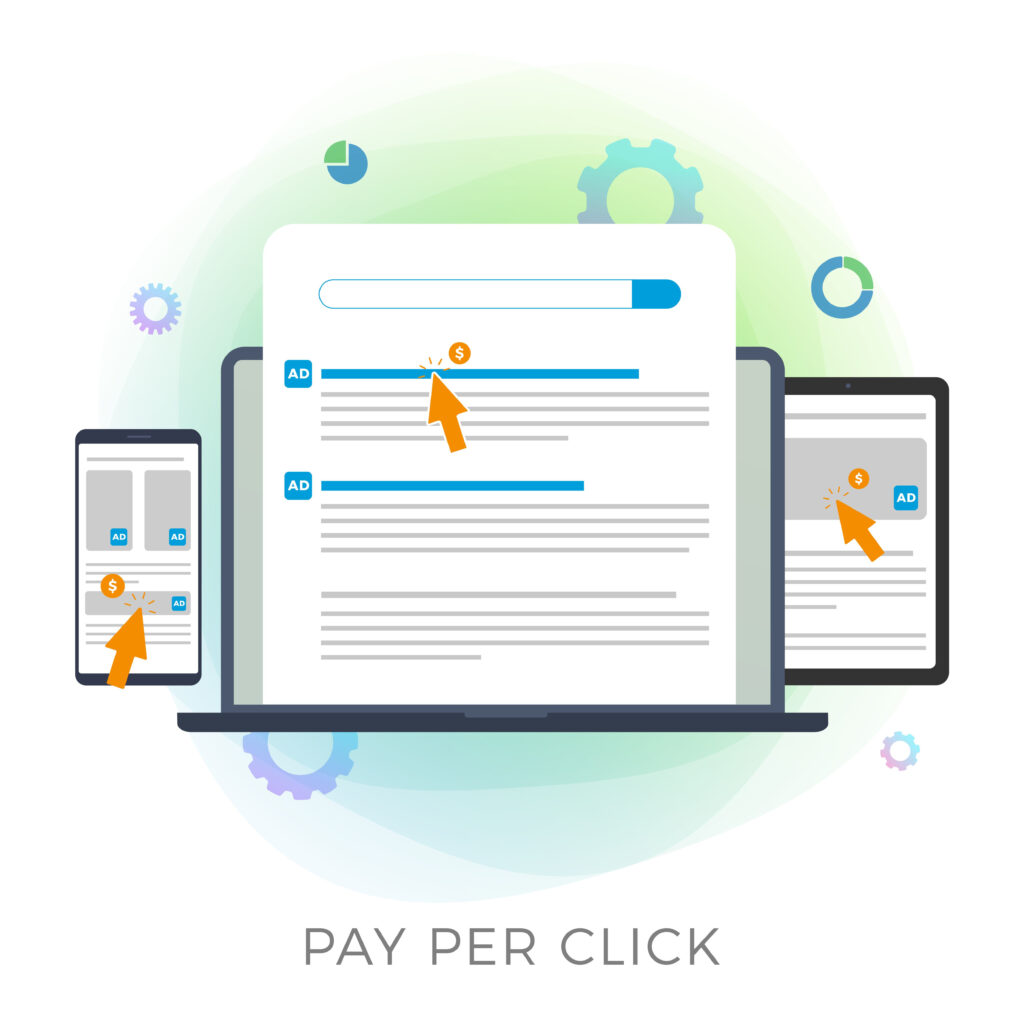
Search Ads
Search ads are those little snippets you often see at the top or bottom of your search results. For instance, if you were to type “buy running shoes online” into Google, the first few results with the tag “Ad” next to them are search ads. Advertisers bid on specific keywords, like “running shoes,” and when you search for those keywords, their ad has a chance to show up.
Benefits of Search Ads
These ads offer immediate visibility. If you’ve just launched a new line of running shoes, a search ad can put you right at the top, even above big-name brands. Plus, they’re highly targeted. You’re reaching out to people who are actively searching for what you’re selling.
Display Ads
Imagine reading an article online about healthy recipes, and on the side, you see an ad for a new blender. That’s a display ad. They’re the visual ads that pop up on websites, often related to the content of the page or your recent searches. For example, if you’ve been searching for blenders, you might start seeing ads for them everywhere.
Benefits of Display Ads
They’re visually appealing and can include graphics, animations, and even short videos. They also have a broad reach, appearing on countless websites across the internet, ensuring your product gets maximum visibility.
Social Media Ads
Ever been scrolling through your Facebook feed and come across a post that’s labeled “Sponsored”? That’s a social media ad. For instance, a local restaurant might run an ad showcasing their latest dish, targeting people in their city who’ve shown an interest in dining out.
Benefits of Social Media Ads
These ads can be laser-targeted. If you’re that local restaurant, you can ensure only people in your city, who love food, and who’ve recently been searching for restaurants will see your ad. Plus, platforms like Instagram offer highly engaging formats like stories and carousel ads.
Video Ads
You’re about to watch a video on YouTube, but before it starts, there’s a short clip about a new movie that’s just been released. That’s a video ad. They can appear before (pre-roll), during (mid-roll), or after (post-roll) the main video. For example, a movie studio might run a pre-roll ad on YouTube a week before their big release.
Benefits of Video Ads
They’re incredibly engaging. In just a few seconds, you can tell a compelling story, showcase a product in action, or share a customer testimonial. They’re also versatile and can be used across many platforms, from YouTube to Facebook to display networks.
Choosing the Right Advertising Platform: It’s Not One-Size-Fits-All
Facebook might be the giant in the social room, but it’s not the only game in town. Each advertising platform has its strengths, and the right one for you depends on what you’re selling and who you’re trying to reach.
Consider your target audience: Who are they? What do they like? Where do they spend their time online?
Knowing where your audience hangs out and crafting tailor-made ads for them. For example, if you’re targeting a younger demographic, Snapchat might be the way to go. If you’re selling B2B software, LinkedIn should be on your radar. Each platform offers unique targeting options and ad formats, allowing businesses to create highly personalized campaigns that resonate with their audience.
Paid Search Advertising
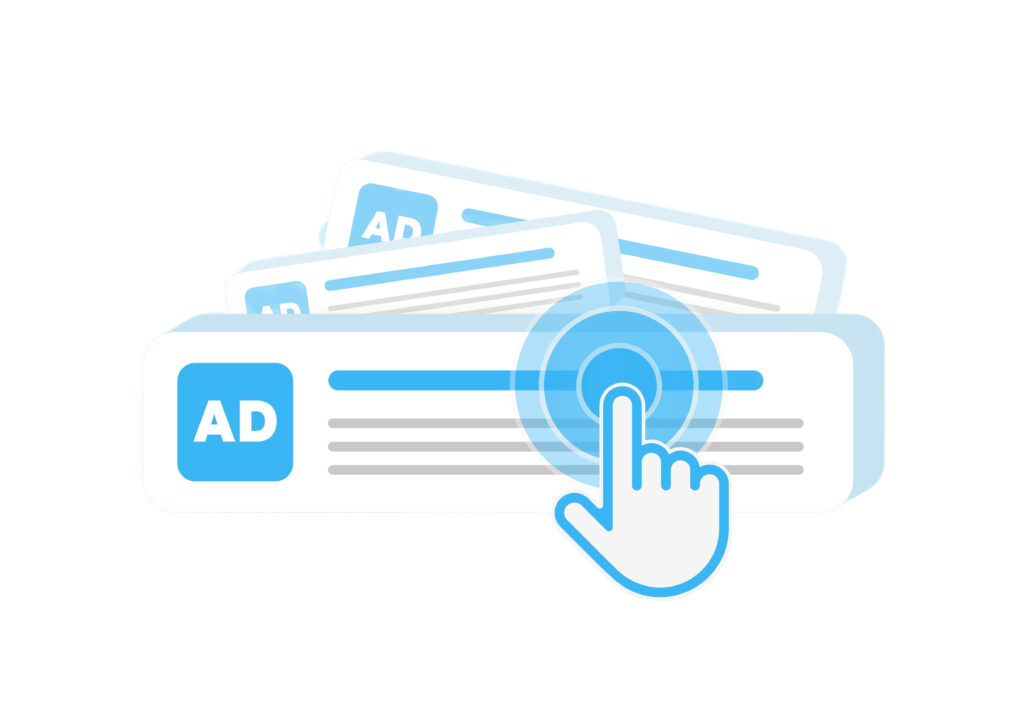
Google Ads
Google is the most popular search engine, with over 4.3 billion users worldwide. It’s where most people start their online searches, which makes Google Ads a prime spot for businesses to get noticed. When you use Google Ads, your business can show up right at the top of the search results, just where potential customers are more likely to see it.
Bing Ads
While Google dominates the search engine market share, don’t overlook Bing. It attracts 1.1 billion users and has a more mature, higher-income audience than Google. There is less competition here, which can mean more cost-effective ads. Bing can be a smart pick, especially for reaching certain groups of people who use this search engine by choice.
Other Search Engines to Consider
Google and Bing are the big names in search, but they’re not the only ones. Here are a few others:
- DuckDuckGo: This one’s for people who don’t want their searches tracked. It’s all about privacy.
- Yahoo! Search: It’s been around for a while and still has a loyal following.
- Baidu: If you’re looking to reach people in China, Baidu is the top search engine there.
- Yandex: It’s the go-to search engine for users in Russia and some parts of Europe.
Each search engine has its way of doing things, with different tools for advertisers. They might not have the huge numbers as the big players, but they can be just right for reaching certain customers.
Paid Social Media Advertising

Facebook Ads
Facebook reigns supreme with a staggering 3.03 billion monthly active users, offering an unparalleled reach. It’s a melting pot of demographics, making it a versatile platform for both B2C and B2B advertising. The platform’s detailed targeting options allow for ads to be shown based on user behavior, interests, and more, making it a fertile ground for advertisers seeking diversity in their audience.
Instagram Ads
Instagram is the visual storyteller of the group, boasting over 1 billion monthly active users. It’s a haven for brands with a strong visual element and appeals to a younger, image-conscious audience. Instagram’s integration with Facebook’s advertising system allows for seamless cross-platform campaigns.
LinkedIn Ads
LinkedIn is the professional network, a hub for over 700 million users, where B2B marketers find their niche. It’s the go-to for targeting professionals and decision-makers within specific industries, with ad formats that cater to professional engagement.
X Ads
X, with its 330 million monthly active users, is the pulse of current events and trends. It’s ideal for real-time marketing and connecting with users through topical content. X ads can be a powerful tool for brands looking to insert themselves into the conversation.
Snapchat and TikTok Ads
Snapchat and TikTok are the new kids on the block, with Snapchat reaching over 500 million monthly active users and TikTok exploding with over 689 million monthly active users. These platforms are where you find the Gen Z and younger Millennials, offering innovative ad formats that resonate with a content-hungry, mobile-first audience.
Display Advertising
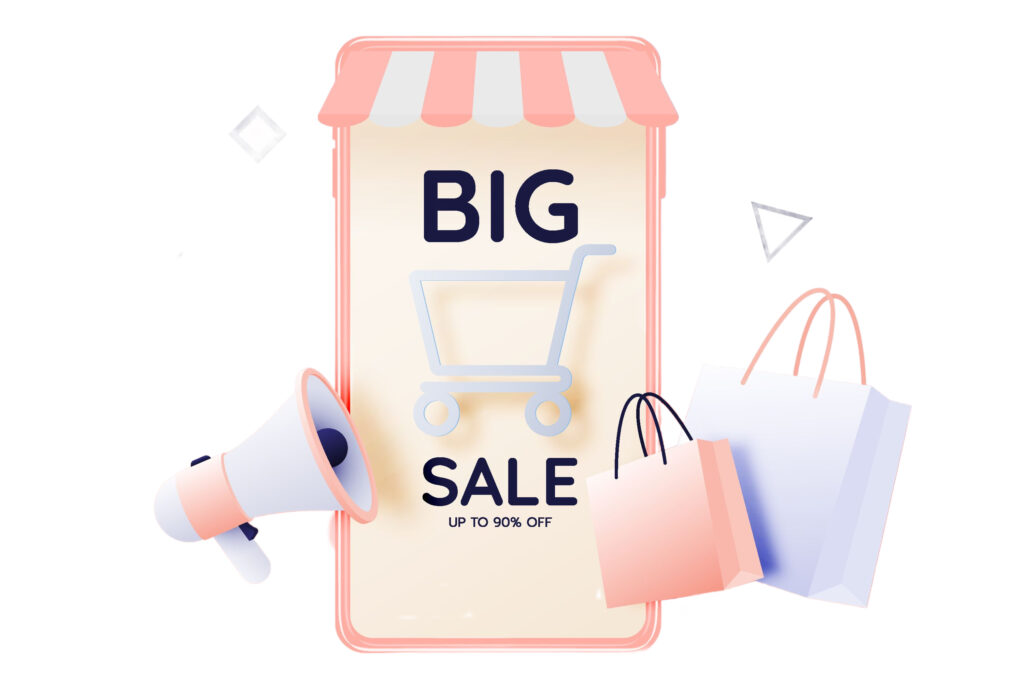
Display ads are the billboards of the digital highway: they’re visual, widespread, and can catch the eye of potential customers as they browse online. Here’s a look at where you can place these digital billboards to best effect.
Google Display Network: The Extensive Reach
The Google Display Network (GDN) is a vast collection of websites where your ads can appear. It reaches over 90% of internet users worldwide. With GDN, you can place ads on a variety of news sites, blogs, and other niche sites across the internet to reach your audience.
Facebook & Instagram: The Social Hotspots
Facebook and Instagram aren’t just for social interactions; they’re also powerful platforms for display ads. With millions of users scrolling through their feeds daily, your ads can be tailored to appear to your specific target audience based on their interests and online behavior.
X: The Conversation Starter
X ads pop up in feeds, profiles, and search results, giving you a chance to start conversations and engage with your audience. It’s a platform where timely, relevant ads can perform well, especially if they’re tied to trending topics.
LinkedIn: The Professional Network
LinkedIn is the place for display ads targeting professionals. Whether it’s B2B services or industry-specific products, LinkedIn can help you reach a more professional audience.
Programmatic Ad Platforms: The Automated Networks
Programmatic advertising platforms use AI to buy and place display ads in real-time, allowing for efficient and precise ad placement across thousands of websites. These platforms can include:
- The Trade Desk: Offers a wide range of data-driven targeting options.
- MediaMath: Provides a powerful platform for reaching audiences across the web.
- Adobe Advertising Cloud: Integrates with Adobe’s suite of creative tools for seamless ad creation and placement.
Amazon Advertising: The Retail Giant
Amazon isn’t just for shopping; it’s also a powerful platform for display ads. With Amazon Advertising, you can place ads on Amazon’s website and other sites owned by Amazon, reaching consumers who are already in a shopping mindset.
Choosing the right platform for your display ads depends on your audience and goals. Do you want the broadest reach possible? Go with the Google Display Network. Looking to engage with professionals? LinkedIn is your best bet. Want to leverage shopping intent? Consider Amazon Advertising. By matching your ad strategy to the platform’s strengths, you can create effective campaigns that resonate with your audience.
Video Advertising

Video advertising is a powerful way to engage with people. It combines visuals, sound, and storytelling to grab attention in a way that text or images alone can’t match. Here’s where you can make your video ads shine.
YouTube: The Video Behemoth
YouTube is the king of video platforms, with over 2 billion logged-in monthly users. It’s a place where people go to watch, learn, and be entertained, making it a prime spot for video ads. With YouTube ads, you can get in front of a vast audience, and you only pay when someone shows interest in your ad.
Vimeo: The Creative’s Playground
Vimeo may have a smaller audience than YouTube, but it’s known for high-quality, creative content. It’s a space where you can find a more engaged audience that appreciates well-crafted video ads.
TikTok: The Trendsetter’s Stage
TikTok has taken the world by storm, especially among younger audiences. It’s all about short, catchy videos that can go viral overnight. Advertising on TikTok means tapping into the pulse of current trends and reaching a massive, engaged audience.
Facebook & Instagram Video Ads
With the integration of video across Facebook and Instagram, you can create ads that appear in stories, feeds, and even in-stream videos. These platforms offer sophisticated targeting options to reach your audience based on their interests and behaviors.
LinkedIn Video Ads
For B2B companies, LinkedIn video ads can be a game-changer. They allow you to reach professionals in a business mindset, which can be perfect for more informative and educational video content.
X Video Ads
X is not just about the text; creative video ads here can help you capture the attention of users who are up-to-date with the latest news and trends. It’s a great place for timely, relevant video content.
Video ads can be a bit more of an investment than other types, but the payoff can be significant. With the right message and creative approach, video ads can leave a lasting impression and drive real engagement.
Strategies to Nail Your Paid Ad Campaigns
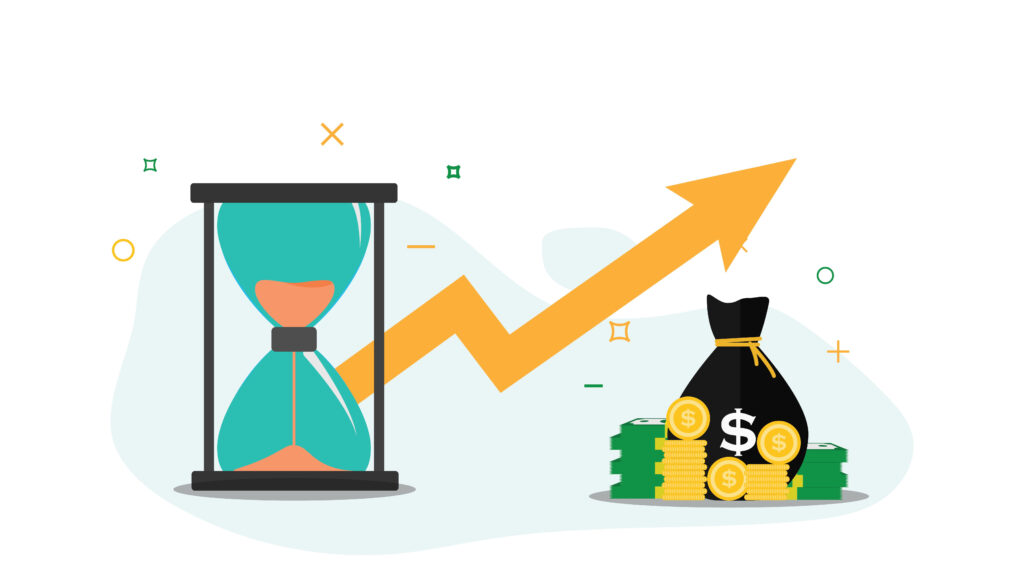
Launching a paid ad campaign is like setting sail in the vast ocean of digital marketing. To reach your destination — a successful ROI — you need a map and a compass. Here are the strategies that act as your navigational tools:
Know Your Audience Inside Out
It’s not just who they are, but what they love, where they hang out, and what makes them tick. Use data to understand their habits and preferences. This knowledge is your North Star, guiding every decision you make.
Craft a Clear and Compelling Message
Your ad’s message should be like a beacon of light — clear and bright. It should resonate with your audience and compel them to take action. Keep it simple, make it strong, and ensure it aligns with your brand voice.
Design Matters
An ad’s design is its sails; it catches the eye and propels the message forward. Make sure your design is visually appealing and consistent with your branding. A well-designed ad can make the difference between smooth sailing and choppy waters.
Optimize for Mobile
With most people using their phones to browse and shop, your ads need to be mobile-friendly. If your ad doesn’t look good or work well on a small screen, it’s like setting off without wind in your sails.
Test the Waters
Don’t just set sail with one strategy. Test different messages, designs, and calls to action. Use A/B testing to see what resonates best with your audience. It’s the equivalent of finding the most favorable winds for your journey.
Monitor and Adjust Your Course
Keep a close eye on how your ads are performing. Use analytics to track engagement, clicks, and conversions. Be ready to adjust your tactics — just like a skilled sailor adjusts the sails to catch the wind.
Leverage Retargeting
Sometimes, potential customers need to see your message more than once. Retargeting allows you to show your ads to people who have already expressed interest in your product or service. It’s like sending out a lighthouse’s beam to guide ships back to port.
Stay Up-to-Date with Platform Updates
The digital advertising world is always changing. New features and changes to ad platforms can affect your campaigns. Stay informed and adapt to these changes to keep your campaigns running smoothly.
Mind Your Budget
Keep a watchful eye on your spending. Allocate your budget wisely across campaigns and platforms, and make sure you’re investing in the strategies that bring the best returns.
Remember the Landing
Your ad can be perfect, but if it leads to a poor landing page, it’s all for naught. Make sure your landing page is effective, relevant, and optimized for conversion. It’s the harbor where your journey ends and the real business begins.
The Myth of the DIY Approach in Paid Advertising
Sure, there are tons of tools out there that promise to make you an ad wizard overnight. But here’s a nugget of wisdom: just because you can, doesn’t mean you should. Crafting a killer ad campaign requires expertise, experience, and a deep understanding of the market. It’s not just about cutting costs; it’s about maximizing ROI.
The Big Question: Are Paid Ads Worth It?
Short answer? Absolutely. Think of paid ads as an investment. They can boost your visibility, get you in front of the right audience, and even drive sales. But like any investment, you’ve got to be smart about it. Know your audience, set clear goals, and keep an eye on your results.
Rethink, Reframe, and Reap the Rewards
In the end, paid advertising is about making smart choices and bold moves. It’s about rethinking your approach, reframing your message, and setting the stage to reap the rewards of your efforts. As you fine-tune your campaigns and your ads begin to resonate with your audience, you’ll see the fruits of your labor in the form of clicks, conversions, and ultimately, customer loyalty.

Paid advertising isn’t just a tactic; it’s a journey of connecting dots between your brand and the right audience. It’s about crafting a narrative that sticks and strategies that deliver.
Our paid advertising services are laser-focused on overcoming the hurdles that keep you from connecting with your audience. We streamline your message, target your ads, and ensure every dollar you spend is an investment towards growing your brand’s impact and reach.
Ready to boost your brand with ads that work? Let Suited guide you. Connect with us for a free consultation and start your journey to ad success today.

